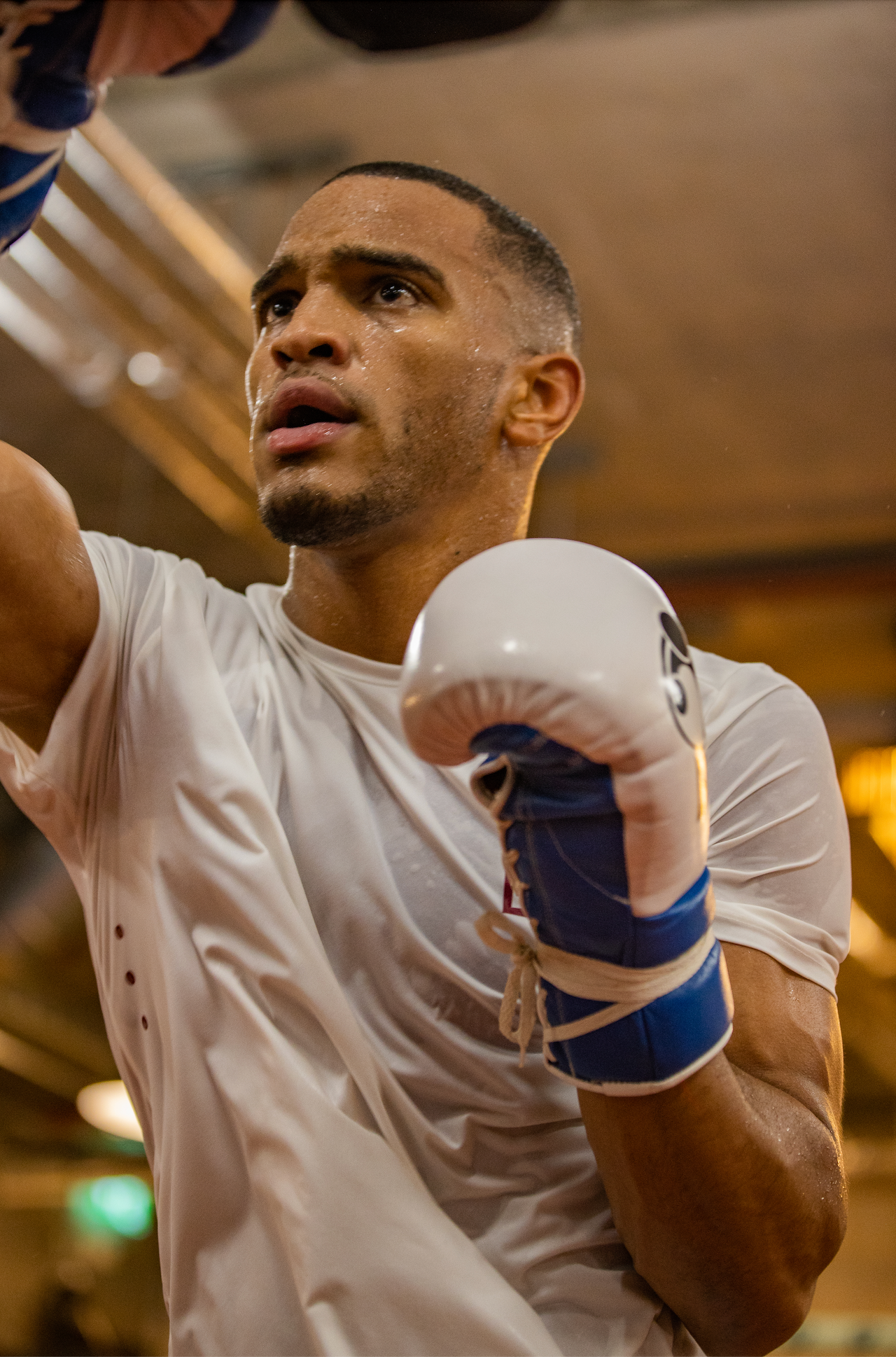
BREATHING FOR BOXING
“Breath out with your shots” is one of the fundamentals that everyone is taught from an early stage of development in boxing. The need to breath and our demand for oxygen is acutely experienced from the word ‘Go’ by anyone who tries the sport - it’s demanding. We could all wish for two pairs of lungs while we’re enduring a vigorous training round of heavybag work. But also to remind anyone who never asked or was never told explicitly, we breath out with our shots because muscle contractions and the expulsion of air create more power.
Later on when we progress to sparring or competition, breath technique becomes increasingly important. One other lesson on breath that we become familiar with via our coaches or via our experiences, is to remain relaxed. When we’re tense, we don’t breath… tight muscles use up energy and we gas out far too easily. Finally once we’ve learned to breath out with our shots, to control our breathing rhythm and remain relaxed, we then try coaching ourselves to let out air while we absorb body shots. This last part is the very pinnacle of breath technique in boxing, as this applies when the pressure is really on. Fundamentally with something so demanding and adrenaline-fuelled as boxing, we want our breathing to be regulated, to help maintain our composure.
Breathing is both an involuntary and a voluntary function. While we’re asleep, our bodies perform this vital function for us. When we’re in the gym, dancing in the ring or hitting the bag, we have a lot of voluntary control over the depth and muscular rhythm of our breath, as well as how we inhale or exhale (i.e. via nose or mouth). We can learn a lot about how to improve our breathing for boxing.
As we all know, the more activity you do, the more oxygen your body needs to sustain these activities and the more efficiently that you can deliver said oxygen to your muscles, the harder and more efficiently you can work. But it’s not just about being fitter to accommodate a higher tempo in the ring.
As breathing is a vital function of life, it comes before strategy, before technique, before any complicated sequences or bunches of punches. It’s easy to ignore breathing properly, because you never learned it in the first place. Breathing was always natural until you got in the ring and got distracted by the fighting. For boxing and for almost any exercise, the first consideration is where we draw our breath into.
Your diaphragm is a muscle between your chest and abdomen, and it should be the main workhorse that powers your breathing, whether you’re exercising or not according to experts. Yet many of us don’t fully engage this muscle when breathing, and instead take shorter, shallow breaths that begin and end in the chest. Breathing in this shallow way, you won’t be able to deliver as much oxygen to your lungs. This increases your heart rate and blood pressure, which can ultimately provoke feelings of anxiety and stress, and make you feel short of breath. In boxing we wish to conserve energy and remain explosive for as long as possible, so it is imperative not to allow tension or anxiety to drain our breath.
Breathing gives energy to all movements. Slow and deep movements will need slow and deep breaths. Fast and explosive movements will need short-sharp breaths. Just as the tempo of your movements change, the tempo of your breath must change with it. Slow breathing is great for revitalising you. It calms the mind, allowing you to think and to save up more energy. You should breathe slow anytime you’re out of your opponent’s range or in between rounds. Fast breathing is best matched with explosive movements like punching, blocking, slipping or fast footwork. Fast breathing gives your body that snap of energy needed for frenetic and reactive movement. When done excessively or incorrectly fast breathing will result in ‘gasing out’.
Inhaling slowly is best for gathering more air and staying relaxed but there will always be times when you need to inhale through the mouth for instant air. Try to inhale deeper into your stomach instead of into your chest (too shallow and not much oxygen absorption). Air exhaled from the stomach will give you more power than air exhaled from the chest.
And finally, we should breath through the nose when we can. Nasal breathing, as opposed to mouth breathing, has an important advantage when it comes to effective and efficient exercise: It can allow for more oxygen to get to active tissues. That is because breathing through the nose releases nitric oxide, which is necessary to increase carbon dioxide (CO2) in the blood, which in turn, is what releases oxygen. Quick, big breaths through the mouth that so many of us take during high-intensity exercise causes the body to offload more CO2, making it harder to oxygenate our cells. In intense moments, nasal breathing is the ideal way to oxygenate our systems.

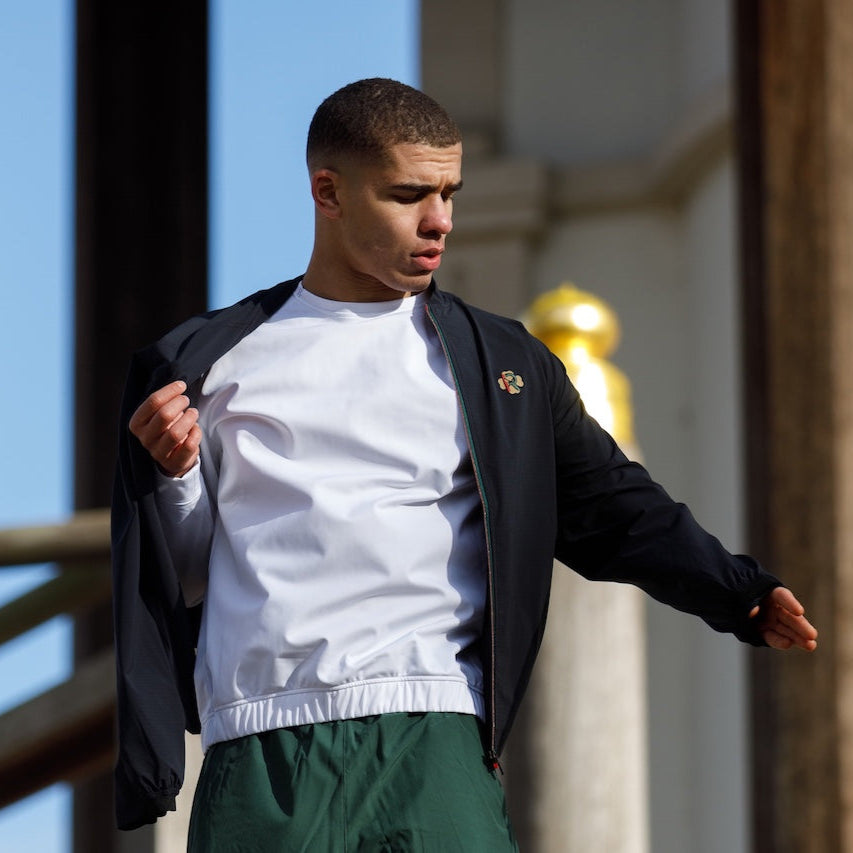
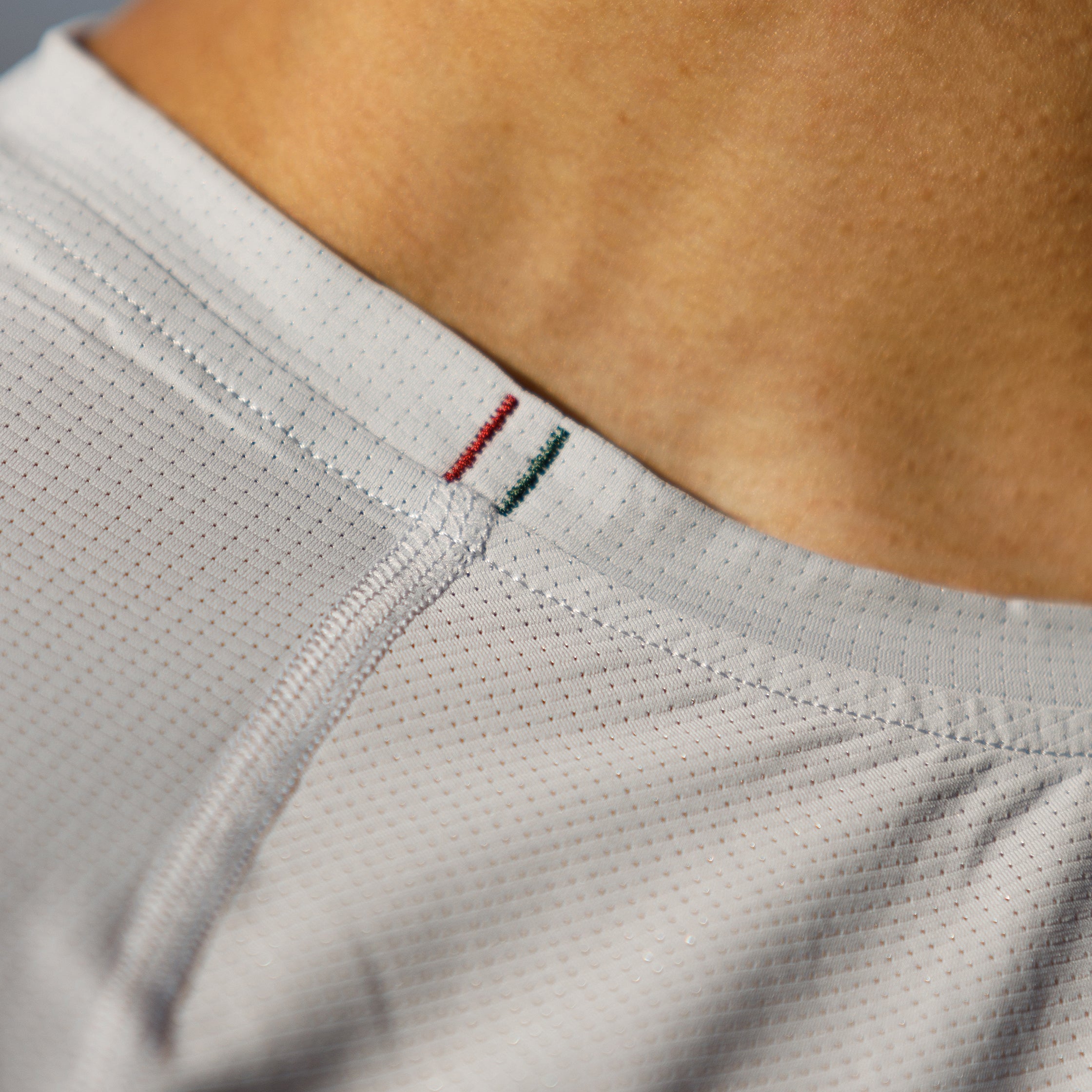
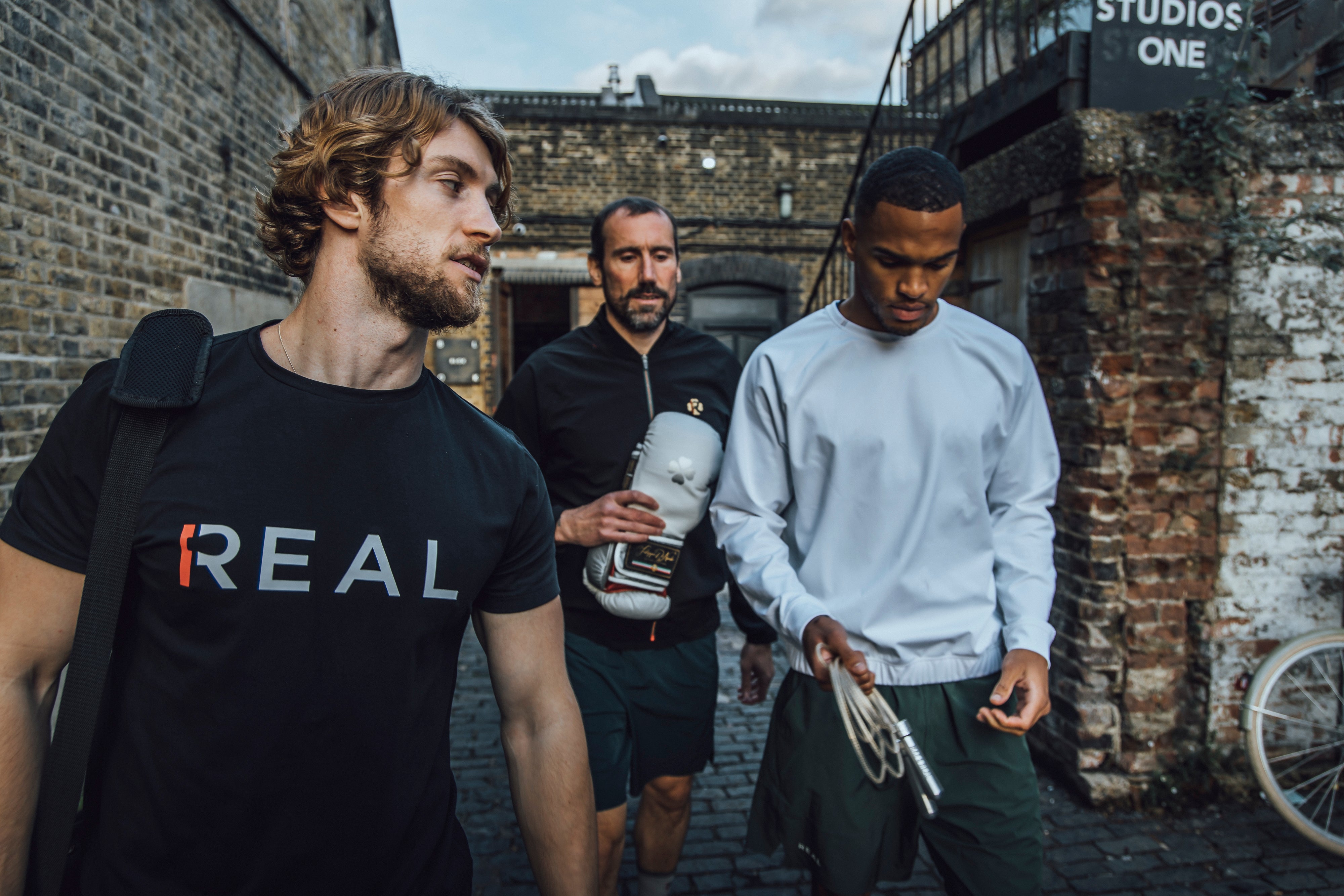


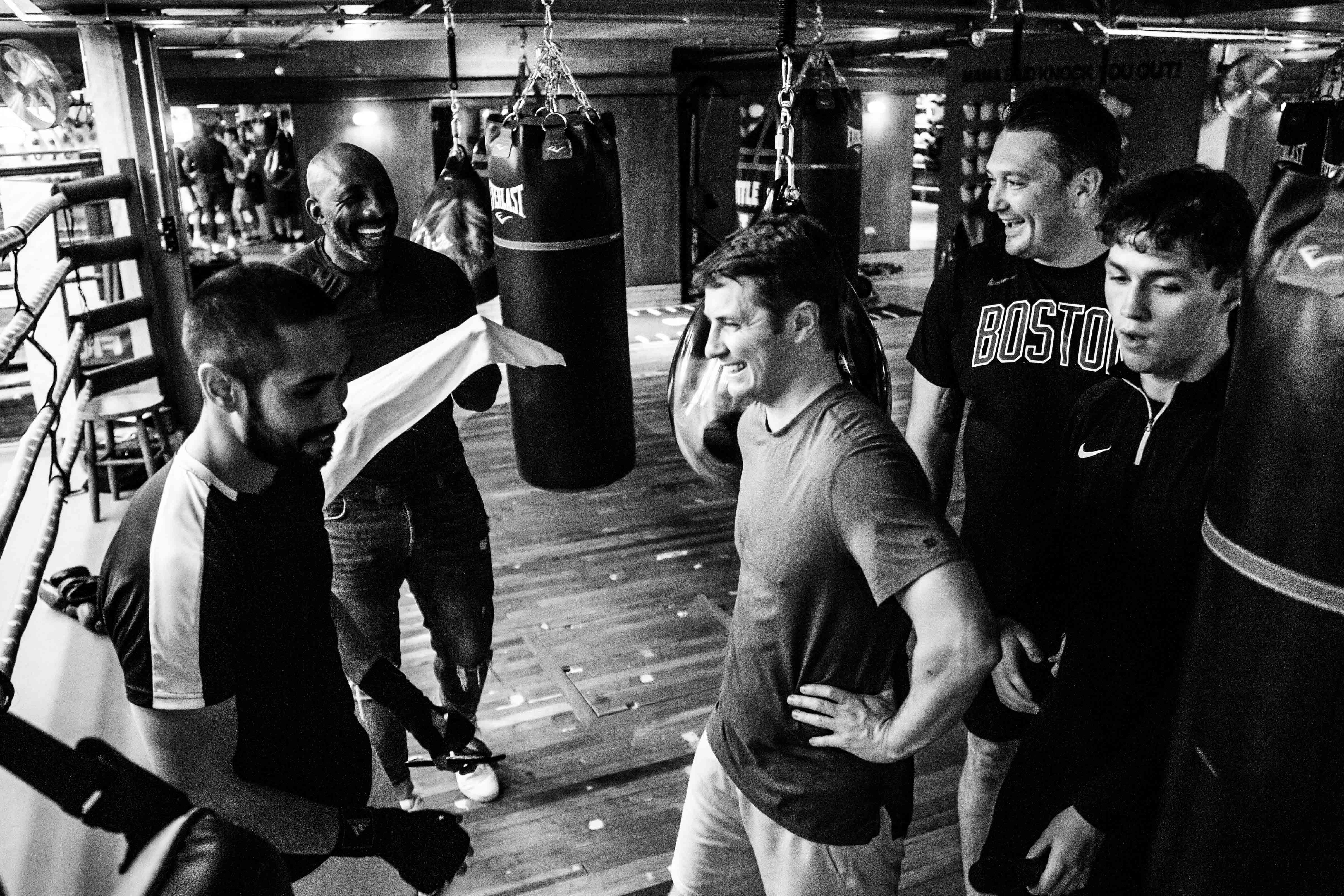


Leave a comment
This site is protected by hCaptcha and the hCaptcha Privacy Policy and Terms of Service apply.